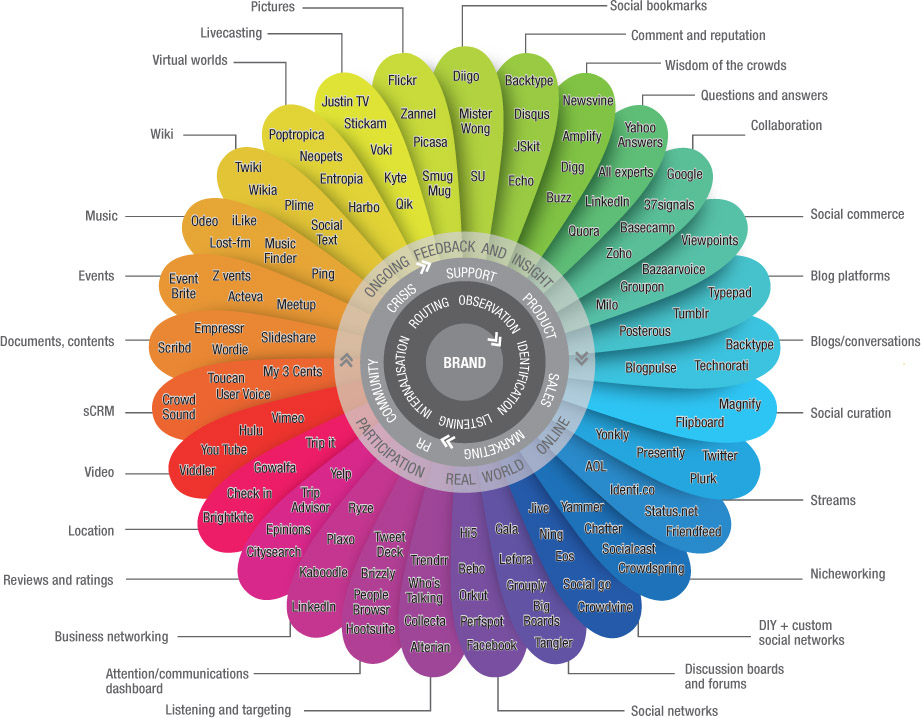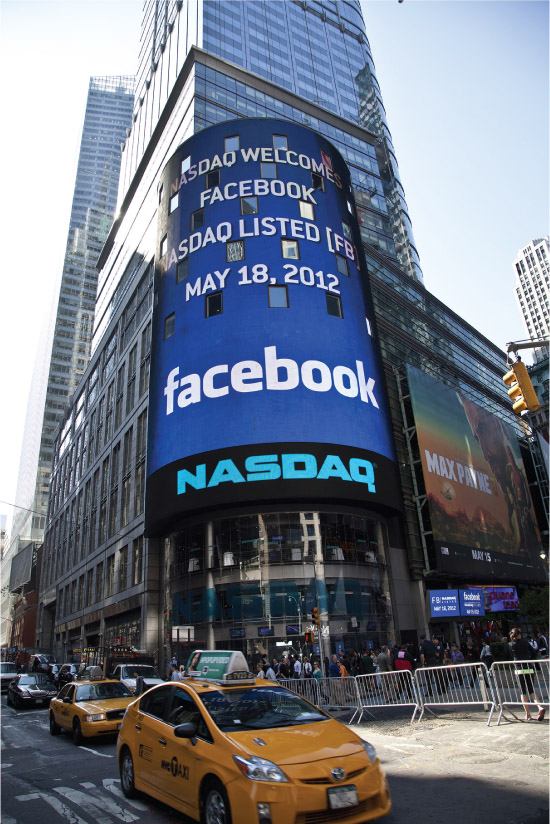8.4 The rise of social media
Social media use and sophistication have increased dramatically during the last 10 years. It is enabling new ways of map making and understanding relationships across virtual space. While social networking originated as a means of maintaining relationships between already established friendship groups, the use of the likes of LinkedIn and Twitter are now also considered part of social networking.


Source 8.12 shows how people are starting to conceptualise space differently and organise their relationships differently.
In general, social media involves internet-based applications that allow users to create and share content that is in a variety of multimedia formats.
The following are some examples of social media:
- collaborative projects and content communities where users add or delete information in a continuous manner via wikis and/or that are interest specific – such as Flickr for photographs or YouTube for videos
- blogs, which can range from personal travel diaries to a discussion forum about a product or company
- social networking, which generally involves making connections between people
- virtual gaming and social worlds using avatars, such as Second Life.
In January 2009, Facebook had over 175 million users. According to Website Monitoring, it now has over 500 million users; Africa is the region with the fastest growth in users.

DEVELOPING YOUR UNDERSTANDING 8.6
- Predict how the distribution and number of Facebook users as shown in Source 8.14 may change in the next 10 years.
- Copy the graphic organiser below and analyse the flow-on effects of using social media in a rural Kenyan village. Repeat the procedure for the negative impacts.
Positive impacts of social media


